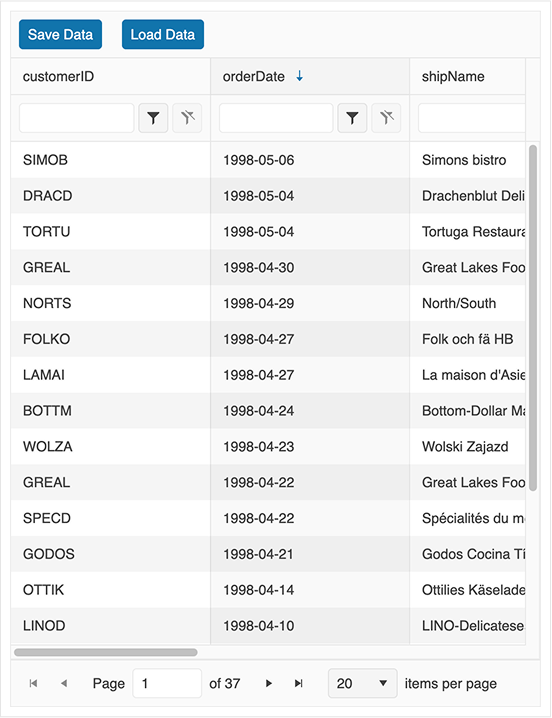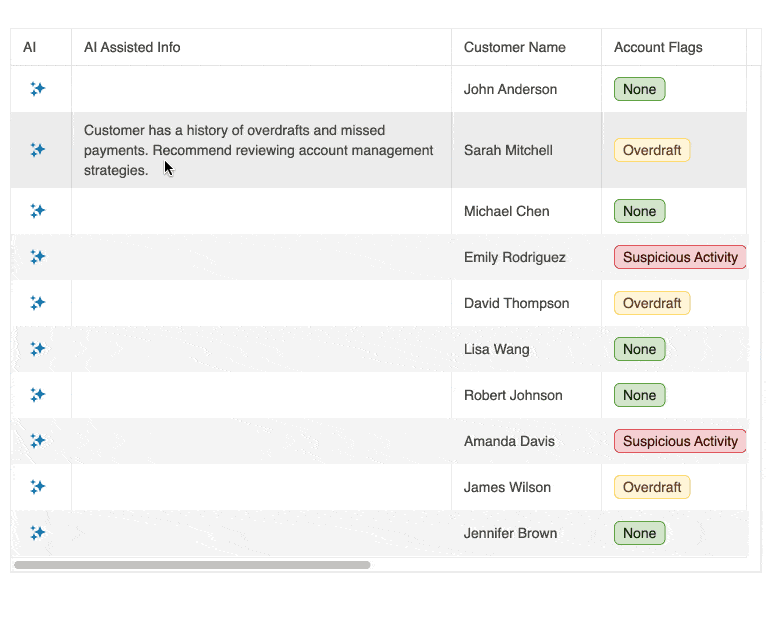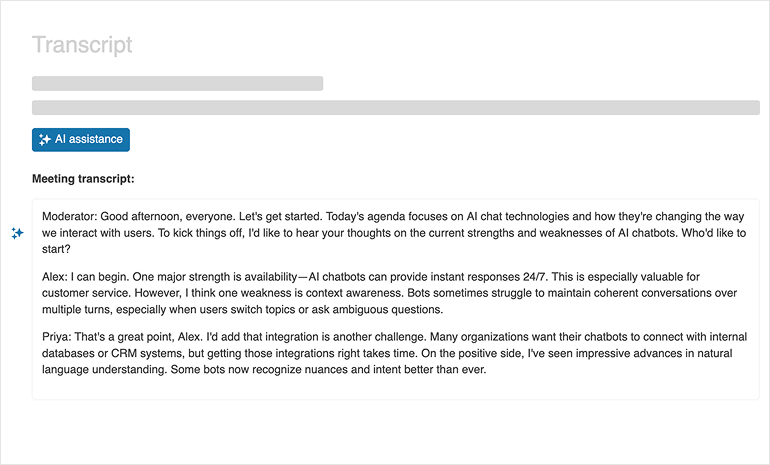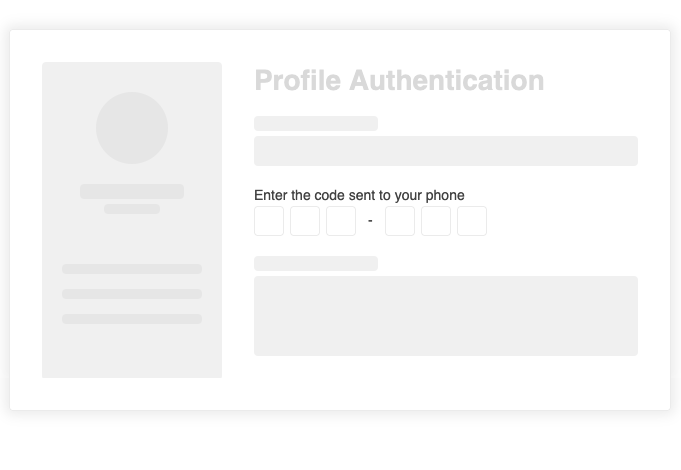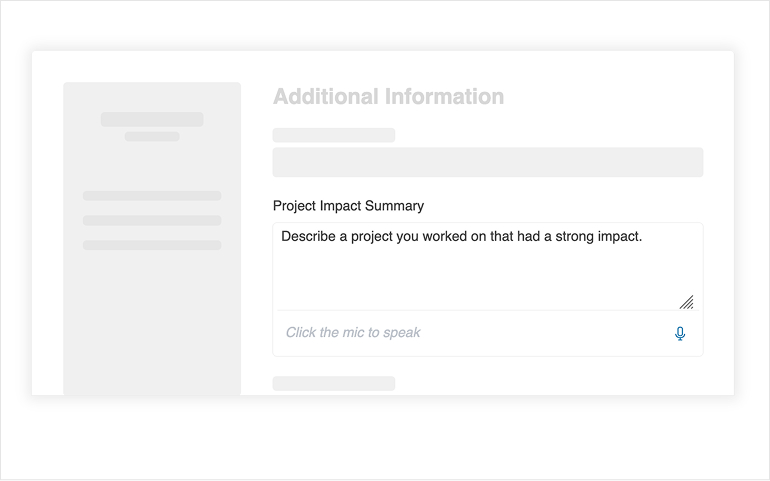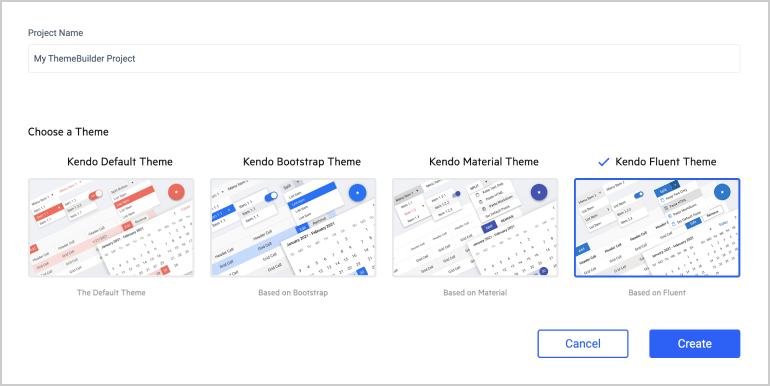Coming in 2025
Our last major release will be the November Q4 release. In addition to the major releases, we will continue to deliver incremental improvements through our 6-week release cadence.
Our team is excited to announce the roadmap for new components and features on our list for the last two major releases.
Your feedback is a huge factor in these plans. After all, our mission is to make your life easier. We encourage you to keep sharing your thoughts, plans, and ideas for what next you would like to see developed in the Kendo component library in our dedicated Feedback portal.
The items below are what we feel comfortable announcing, but there is more on our radar. Check back periodically for updates.


